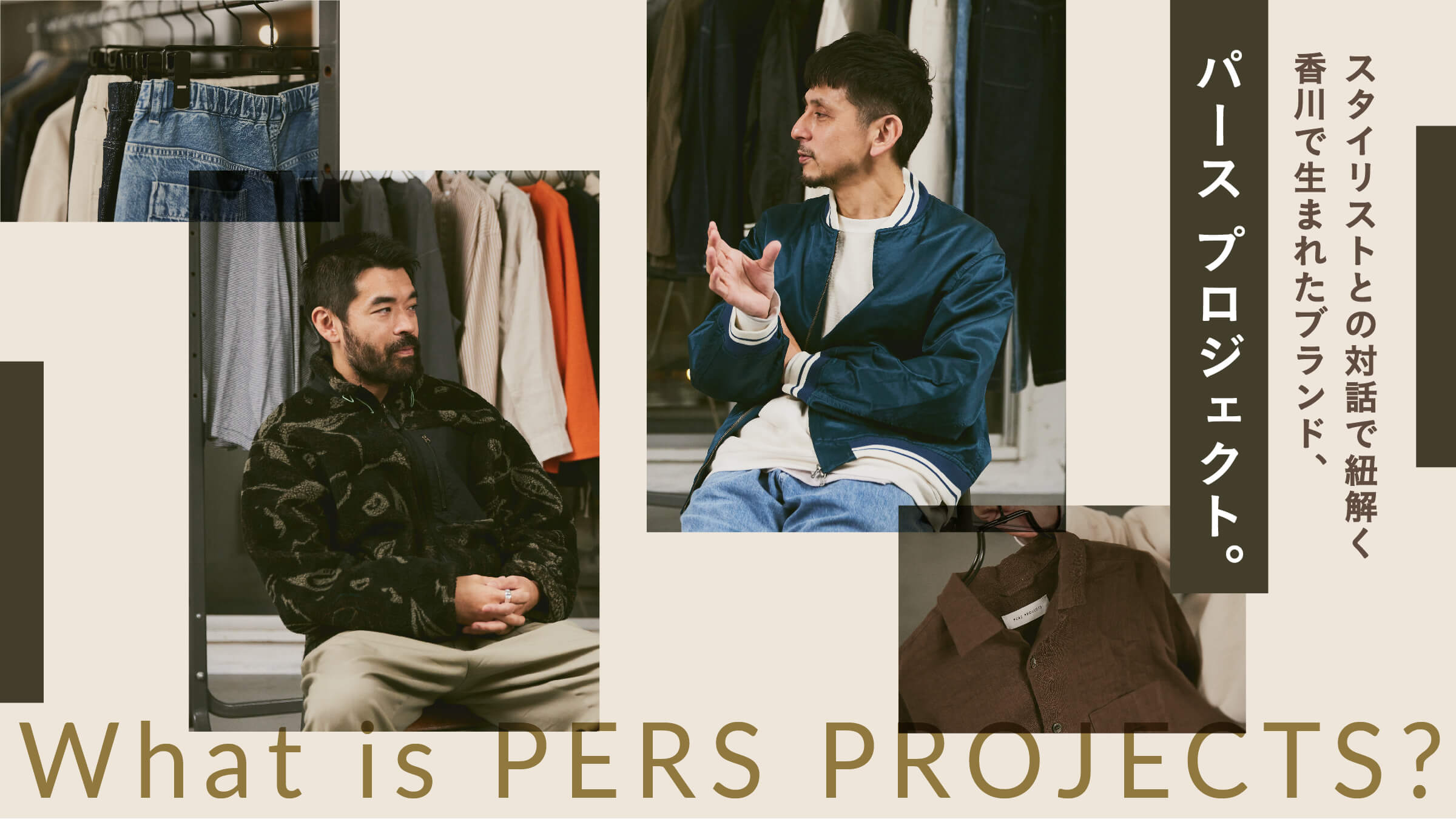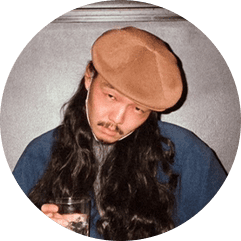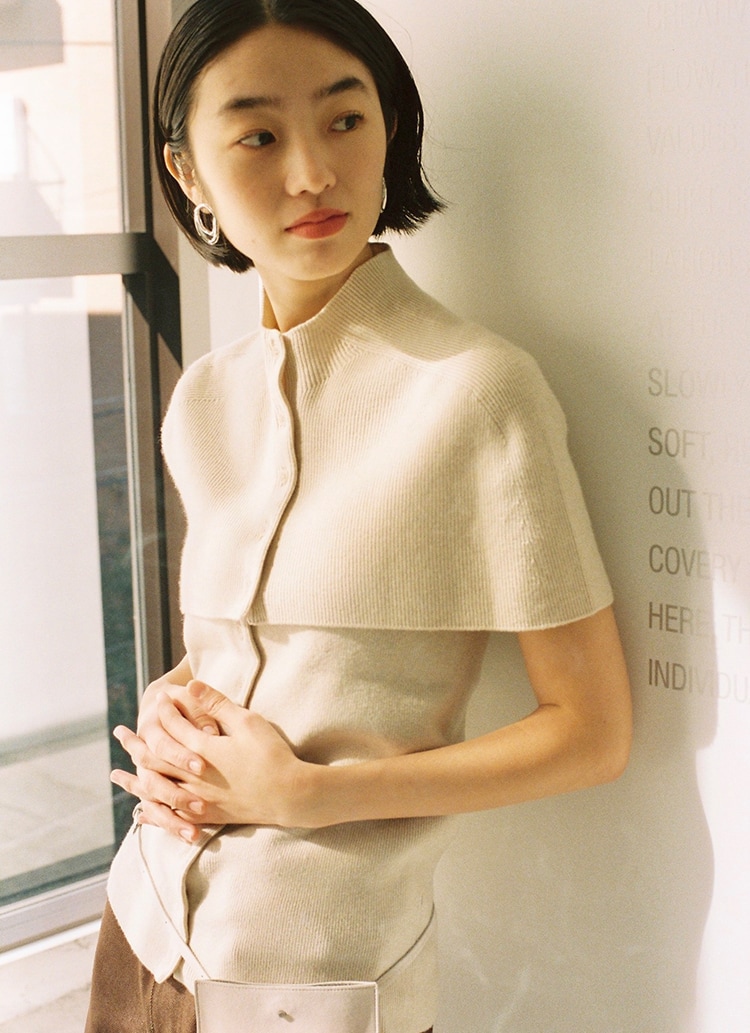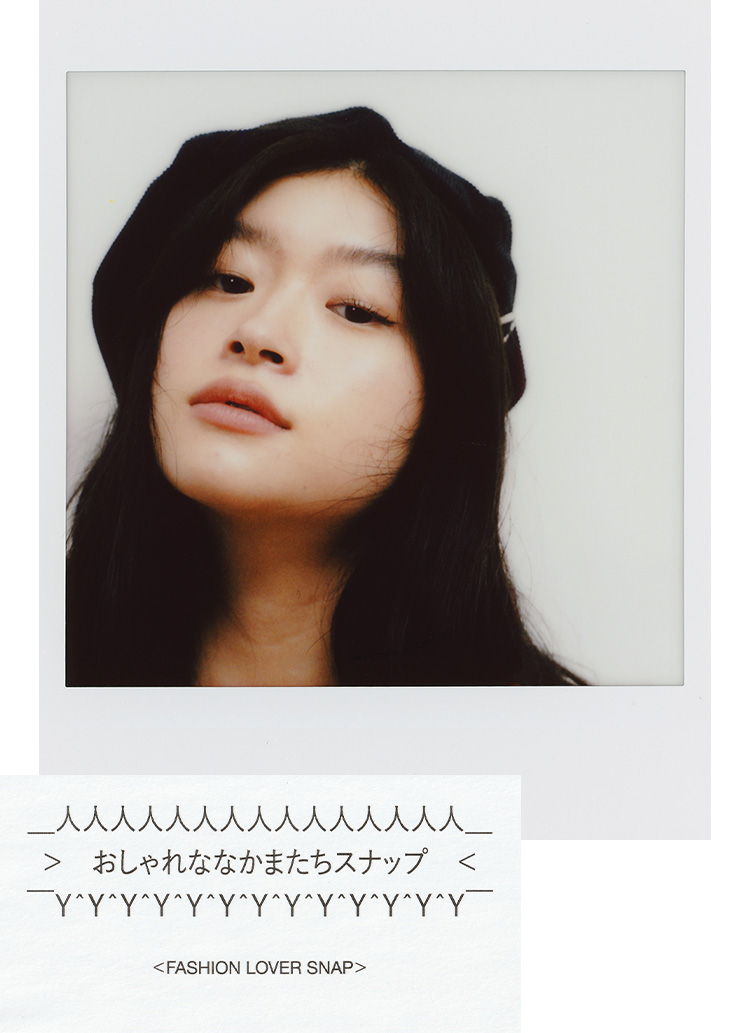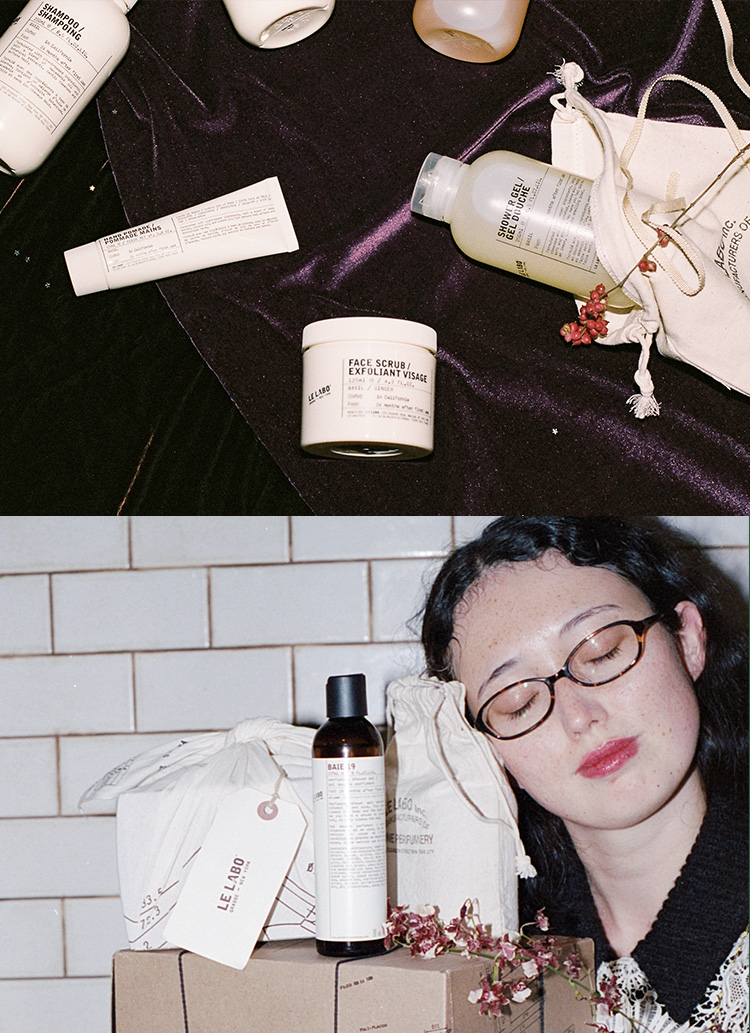World-class artists fell in love with Kagawa Prefecture's craftsmanship.
Sewing technology supports a stress-free fit and a silhouette that enhances the wearer's attractiveness. There seems to be a reason why 90% of the items we produce are made in and around Kagawa Prefecture.
Yagi: I was wondering why you continue to make your products in Kagawa Prefecture even after becoming independent. Is Kagawa Prefecture a place where clothes making is popular?
Ito: Although not very famous, there are quite a few sewing factories and clothing production is also thriving. In the area near Tokushima on the east side of Kagawa Prefecture, 90% of all gloves made in Japan are made. In the area called Sakaide on the west side near Kojima in Okayama Prefecture, there are many subcontract factories of Kojima, and denim sewing is a specialty of this area. Denim fabric made in Kojima arrives, is sewn in Sakaide, and then returned to Kojima for further processing. Shirt and cut-and-sew fabrics are also mostly located in nearby Hyogo and Wakayama prefectures, and the advantage is that transportation costs and time lags can be reduced. In addition, most items can be made in the Kagawa Prefecture area, including dress shirts, which are sewn in the area. I believe that Kagawa is the best area for manufacturing.

Yagi: You can create anything. Of course, you also have connections because you have been doing this for so long, don't you?
Ito: I guess it is something I am used to, but having a factory within an hour's drive gives me the advantage of being able to communicate directly with the craftspeople. This denim item was made with a new factory, but I feel that it would have been more difficult if I had not talked directly with them.
Yagi: I see, it's easier to understand detailed nuances and the like if they are conveyed directly, isn't it?
Ito: Yes, that's right. Denim pants are different from other pants in that the fabric, seam allowance, and pattern are very specific. By being told directly about the differences in these details, we are able to deepen our understanding, and we are able to tell them on the spot how we would like them to be made, and they can make adjustments.
Yagi: That's something you can only do if you're close by.

Ito: My clothes are designed to be simple, so I think the fine details are very important. I can't commute from far away, and there are many aspects that are difficult to convey by e-mail. If I leave the processing to the factory, I often get back a garment that is overdone beyond my imagination. For example, too much damage or too much color fading. I wanted the faded denim to have a chemical-like atmosphere, but I did not want to create 80's clothing as it is. I think it is easier to convey such nuances when we meet in person and talk about what we see. It's like being able to scratch an itch.
Yagi: Are there many people who are craftsmen by nature in Kagawa Prefecture?
Ito: I think so. Isamu Noguchi*1 had his studio in Kagawa Prefecture, and I heard that the reason why it was in Kagawa Prefecture was because there were good stones suitable for sculpture. Furthermore, I have heard that there was a craftsman who was able to identify the best stones, and that the studio was located in Kagawa Prefecture because of this craftsman. There is also a workshop that makes chairs for George Nakashima*2, which was originally the only place that could make them technically. I think there have been many excellent craftsmen like that for a long time.
*1 A leading 20th century sculptor whose activities ranged from designing monuments, gardens, parks, and other environments, to furniture and lighting interiors, to stage design, Noguchi first visited Mure-cho, Kagawa Prefecture, the birthplace of Aji stone, in 1956, and from 1969 established a studio and residence in this area between Mount Goken and Yashima. For the next 20 years or so, Noguchi lived and worked in New York with his partner, Masatoshi Izumi, a stone artist. (Reference:Isamu Noguchi Garden Museum)
*2 One of the leading furniture designers of the 20th century, he came to Japan in 1964 at the recommendation of Masayuki Nagare, a sculptor, and settled in Takamatsu. There, he learned of the "Sanuki Mingu Ren," a movement to create products that utilize the hands of craftsmen without the influence of big cities, and was greatly inspired by it, becoming a member himself. (Reference:George Nakashima Memorial Hall)
. The precise calculations and craftsmanship encompassed in the simple design. The delicate stitchwork seems to be hidden in the items that caught Mr. Yagi's attention.
Yagi: Lately, I have been interested in beige and white , and I was thinking that it would be nice to have a wide variety of such items. Denim comes in three colors: raw, chemical, and indigo.

Ito: The process itself is the same, but the stiffness of each fabric is completely different. Indigo denim has glue on it, so it is stiff and easy to sew with, but raw denim is soft because it does not have glue, so the strong force of the sewing machine sometimes takes the fabric away, making it difficult to sew with.
Yagi: . It depends on the fabric, doesn't it? I had never paid attention to how easy or difficult it is to sew.
Ito: Even for sewing, there are different ways of doing things for different fabrics, and the craftsmanship is amazing.
Yagi: Hearing stories like that changes the way I look at it. Also, I like that the elastic waistband is only on the back side. It's not too tight, and I can wear it without a belt, and it looks good when tucked in.


